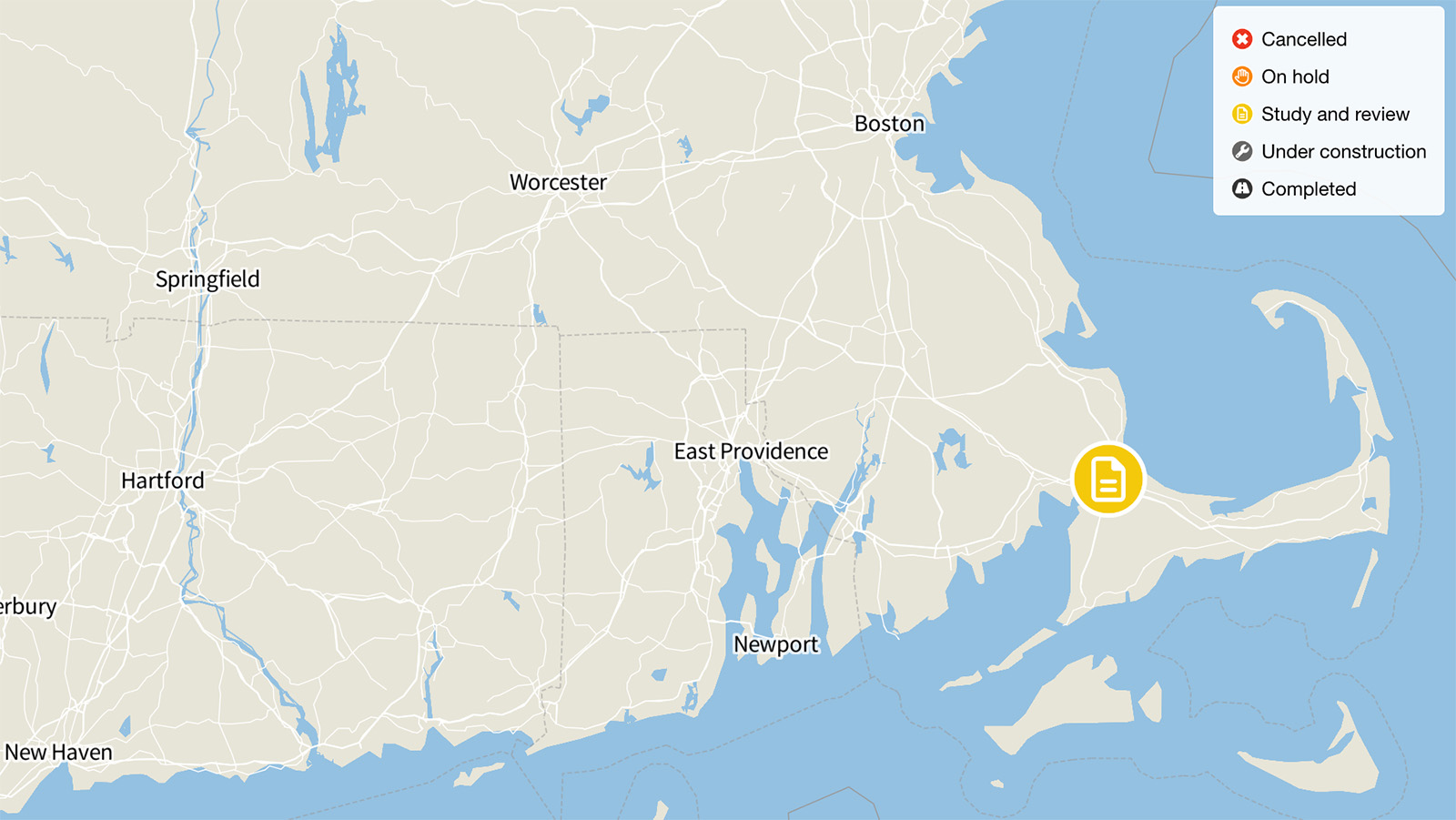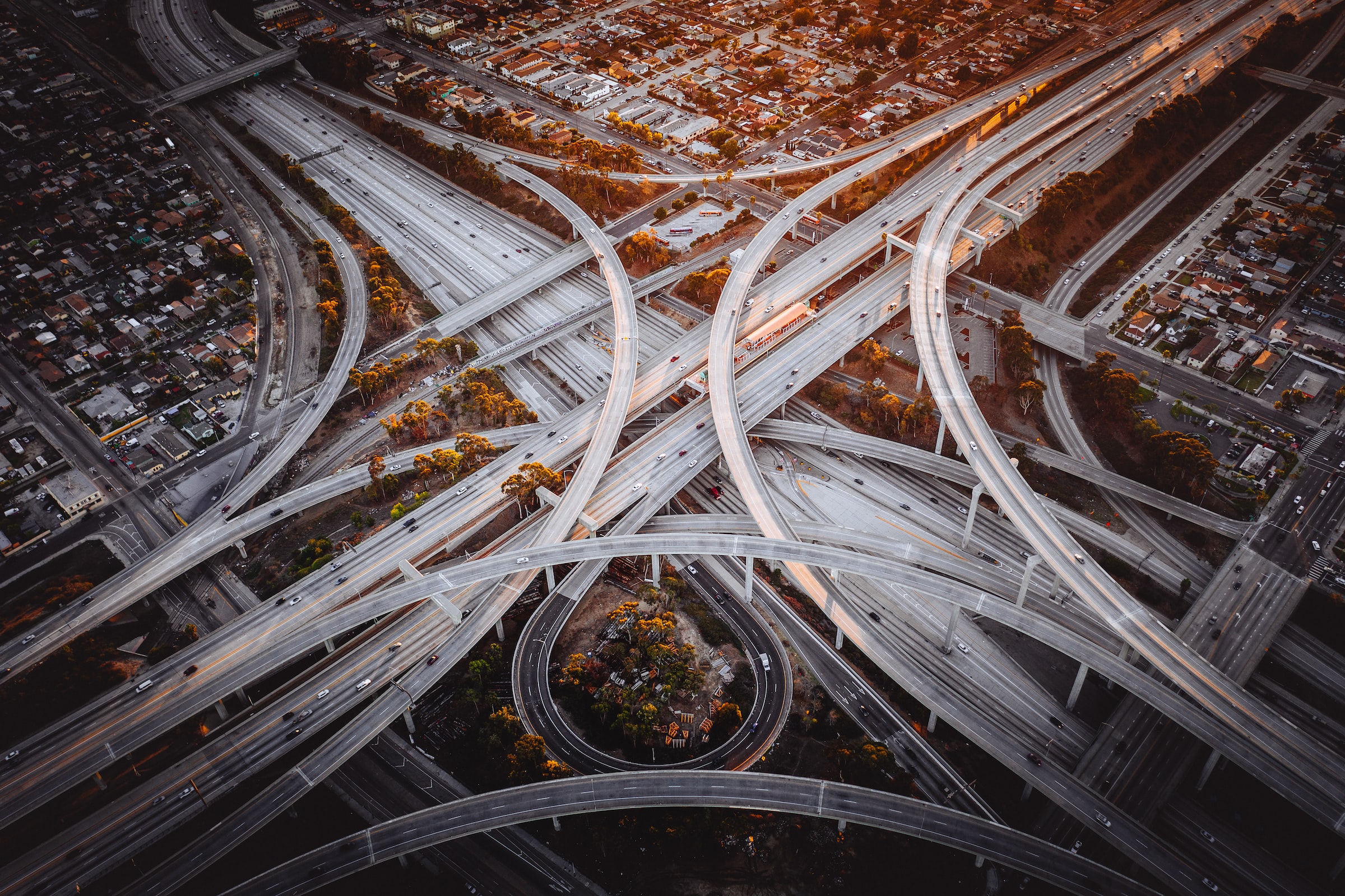
Interstate 73, South Carolina
Interstate 73 is a planned highway originally authorized in 1991, intended to run from Charleston, South Carolina, to Detroit, Michigan. With the exception of 82 miles in North Carolina, grand plans for the highway have so far come to naught. Michigan decided to postpone the road and instead upgrade existing roads. Ohio is addressing individual congestion issues along the corridor rather than making grandiose plans. Although the Virginia Assembly passed its first funding bill for the project, to the tune of $40 million a year in 2017, it remains far from having the approximately $4 billion needed to build its portion of the road.

Status: Study and review
Originally reported cost: $1.3 billion
As of September 2023, the I-73 project in South Carolina was in study and review.
Update from Highway Boondoggles 4, 2018:
Interstate 73 is a planned highway originally authorized in 1991, intended to run from Charleston, South Carolina, to Detroit, Michigan. With the exception of 82 miles in North Carolina, grand plans for the highway have so far come to naught. Now, South Carolina is planning to spend more than $1 billion to construct another segment of the new interstate. It would replace a road without heavy traffic, and which has only seen small increases in congestion since 2009. The project would also negatively impact 325 acres of wetlands and divide existing ecosystems, and it represents the most extensive proposal to affect the state’s wetlands in recent years.
In June 2017, the Army Corps of Engineers approved a permit for the project, allowing its construction to begin. However, as of February 2018 lawmakers are still Howev seeking funding to begin construction.
Original story from Highway Boondoggles 3, 2017:
Interstate 73 is a planned highway originally authorized in 1991, intended to run from Charleston, South Carolina, to Detroit, Michigan. With the exception of 82 miles in North Carolina, grand plans for the highway have so far come to naught. Michigan decided to postpone the road and instead upgrade existing roads. Ohio is addressing individual congestion issues along the corridor rather than making grandiose plans. Although the Virginia Assembly passed its first funding bill for the project, to the tune of $40 million a year in 2017, it remains far from having the approximately $4 billion needed to build its portion of the road.

The southern portion of I-73 would negatively impact 325 acres of wetlands and divide existing ecosystems. Credit: Pendragon1998 at English Wikipedia (public domain)
South Carolina hopes to be the next state, after North Carolina, to build a significant share of the route. In 2003, the South Carolina Department of Transportation (SCDOT) held public meetings and came up with five possible routes for the road, to be followed by environmental impact studies. Upon completion of the studies, the state again adjusted the plans. The current plan is to convert State Route 22 (an expressway that runs from Myrtle Beach to just north of Conway, South Carolina) into part of the Interstate 73 route and build a new highway north of Conway parallel to U.S. 501 and State Route 38.
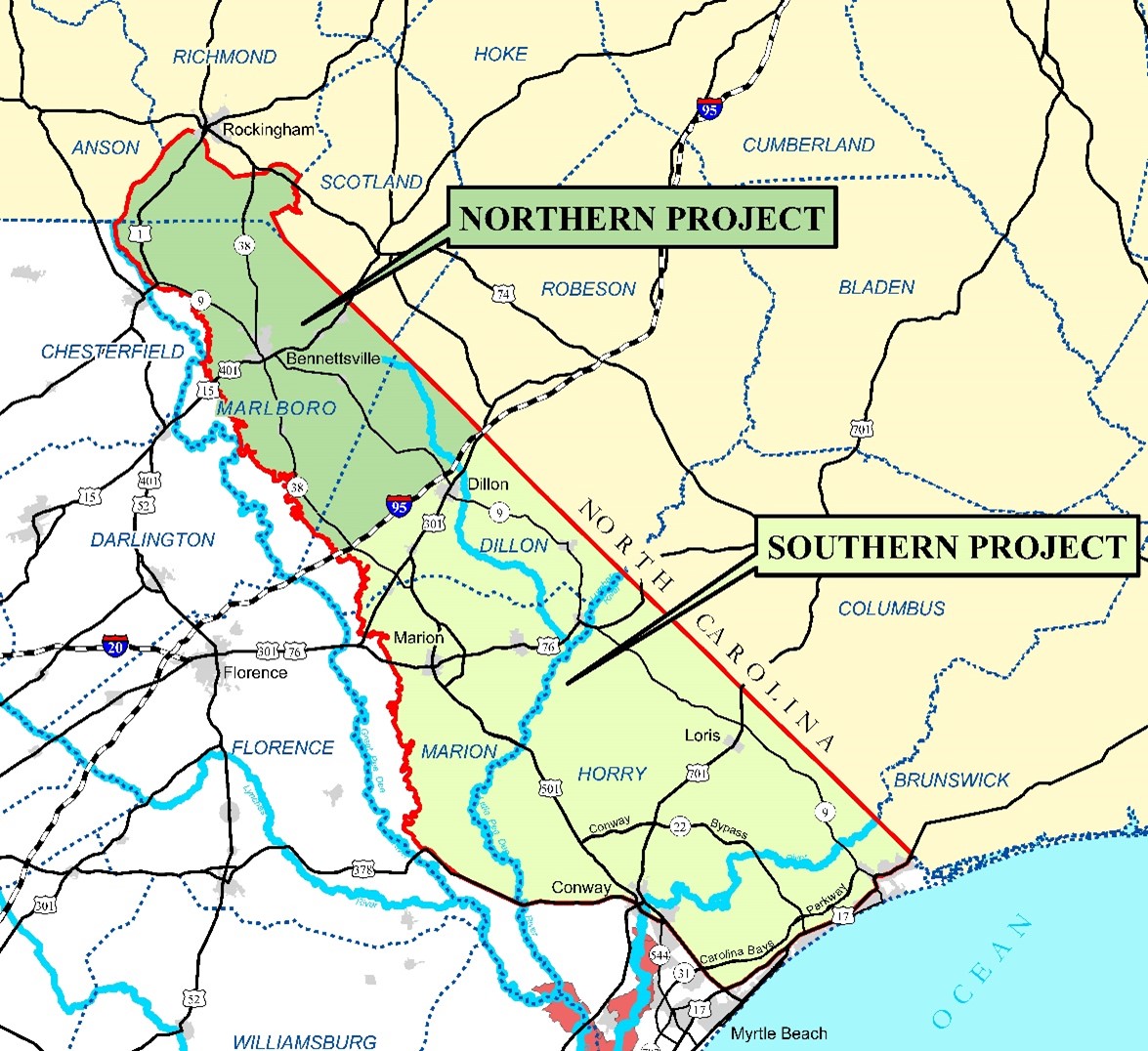
Interstate 73 Study Area in South Carolina. Credit: South Carolina Department of Transportation
Due to the complexities of planning such a massive project, the route has been split into two segments. The I-73 Southern Project is the portion of the road between Interstate 95 and the Myrtle Beach region, while the I-73 Northern Project will link Interstate 95 in South Carolina to the future I-73/I-74 in North Carolina.
The 42-mile, I-73 Southern portion claims to connect the Myrtle Beach/Conway area to the northwest between Mullins and Marion with the intention of serving residents, businesses, tourists and hurricane evacuation, with an anticipated opening date of 2025. Right-of-way plans are complete and construction plans are available for the southern portion of the route.
The road that I-73 would be replacing on its southern leg – U.S. 501 – serves daily traffic of about 26,000 vehicles per day at its busiest point (near the intersection with SC 22), a figure that has increased only modestly since 2009. The lack of heavy traffic, coupled with the availability of alternative routes to and from Myrtle Beach, has taken one option for financing the highway – tolling – largely off the table. A tolling study conducted for the South Carolina Department of Transportation found that only 52 percent of drivers traveling to Myrtle Beach would pay a toll capped at $2, while 22 percent would not pay a toll even if it shaved 15 minutes from their trip. Further, the report found that the southern portion would only generate $5.2 million in tolls its first year, increasing to $32.7 million by 2050. Such revenues would be unlikely ever to cover the cost of the project, estimated at $1.29 billion in the project’s 2007 final environmental impact statement.
More than just an unnecessary expense, the southern portion of I-73 would negatively impact 325 acres of wetlands and divide existing ecosystems. This project represents the most extensive proposal to affect the state’s wetlands in recent years. The wetlands’ benefits are especially crucial in times of increased flooding – an especially sensitive issue given the devastating floods that affected the state in 2015 and 2016.
Plans for the highway also come as South Carolina struggles to pay for basic highway maintenance and safety improvements. In early 2017, S.C. Department of Transportation Secretary Christy Hall made an urgent call to improve thousands of miles of rural highways that were increasingly dangerous. Hall claimed more than half of the state’s pavement is beyond rehabilitation and needs to be replaced, a costly problem that could have been avoided if the state had acted proactively on maintenance needs. Quoted in the Charleston Post and Courier, Hall said, “We doubled our paving program to $415 million a year, but we should be investing close to $900 million a year.”
The governor’s office also recently said about 35 percent of the state’s highway system is rated as in “poor” condition and in need of immediate repair. The state also has an extensive backlog of structurally deficient bridges – bridges with one or more key elements that are considered to be in “poor” or worse condition – that require funding. The Federal Highway Administration’s 2016 bridge inventory found over 10 percent of all bridges, or 964 bridges, in the state were structurally deficient.

Topics
Find Out More

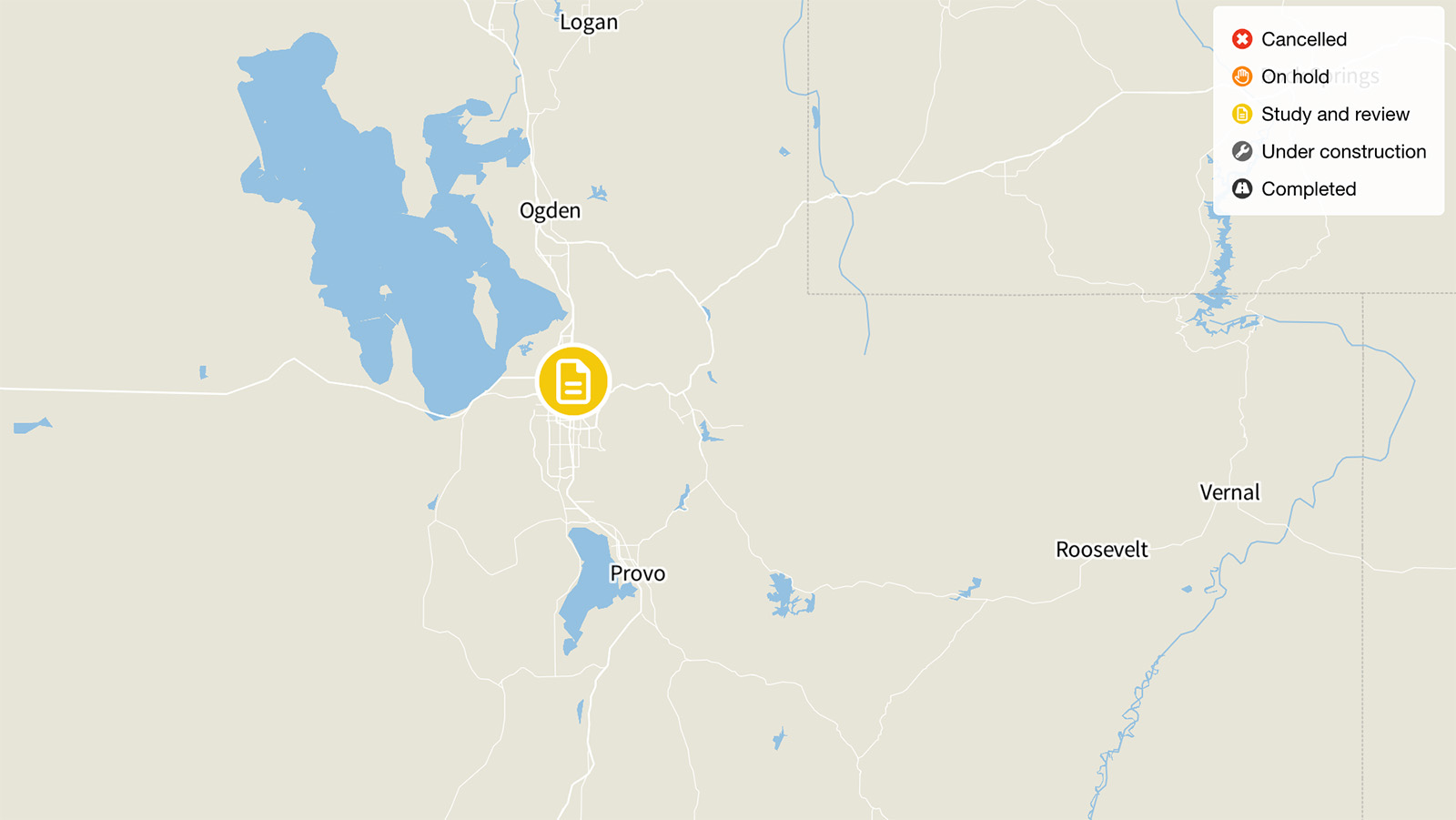
I-15 Expansion, Salt Lake City
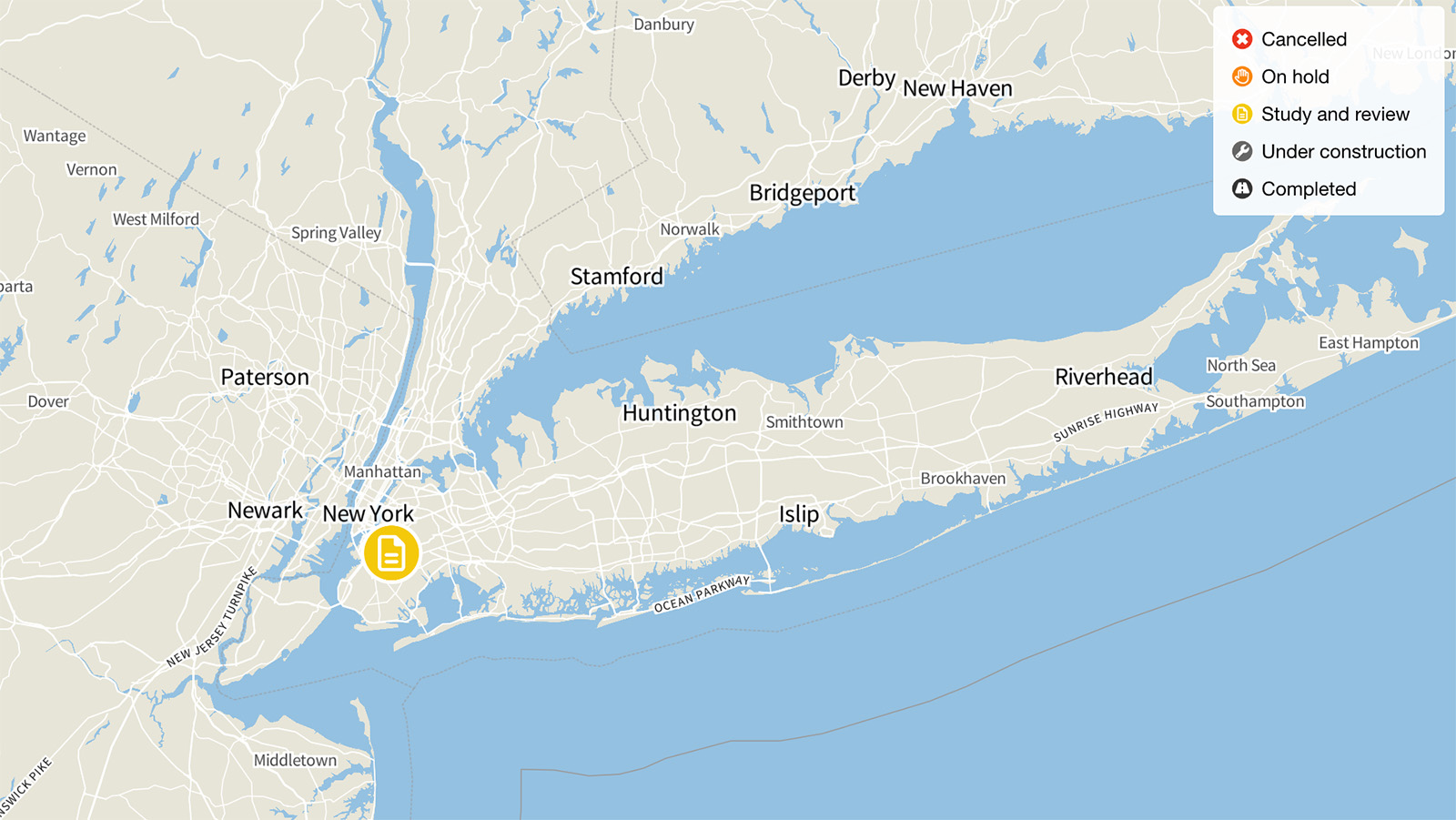
The Brooklyn-Queens Expressway, New York
